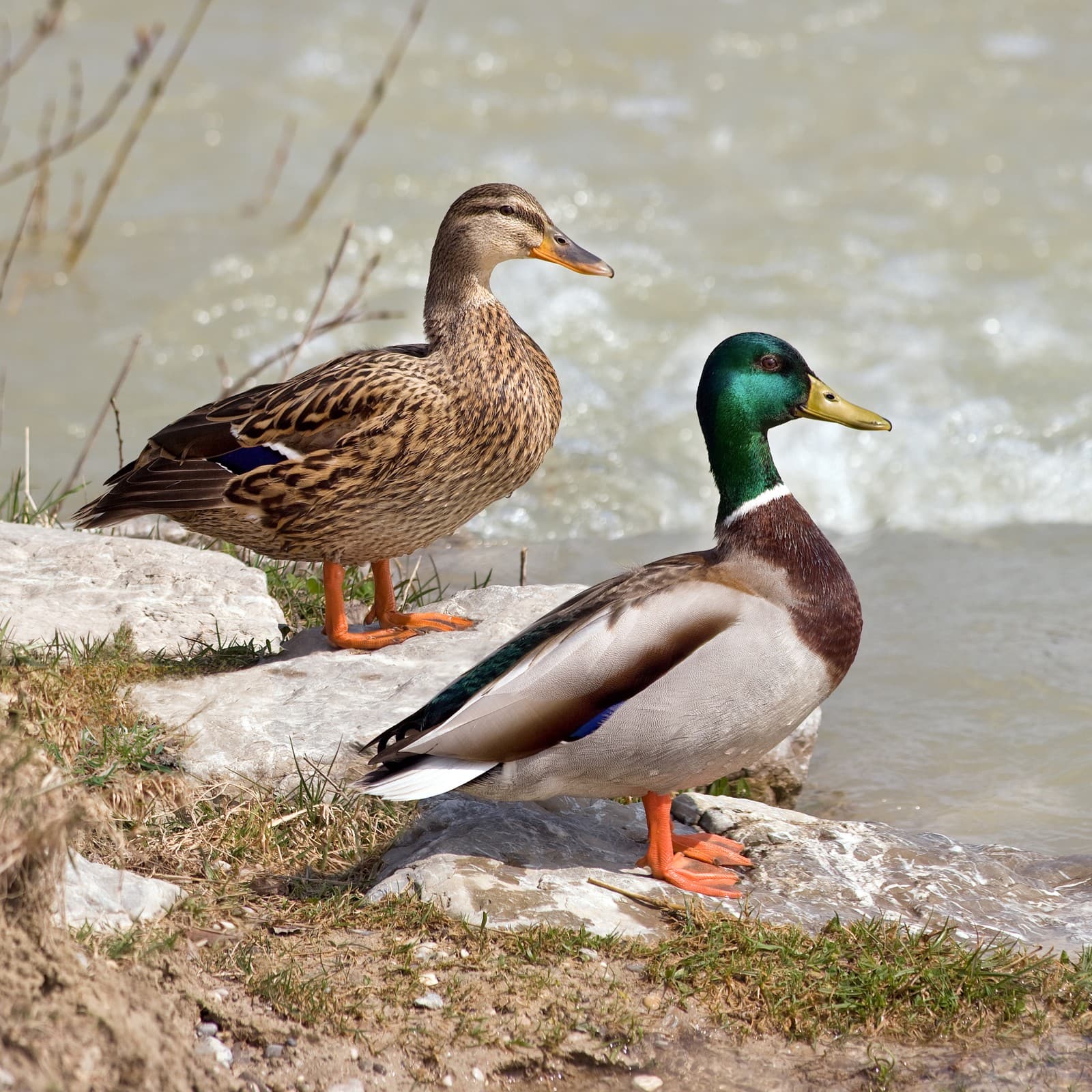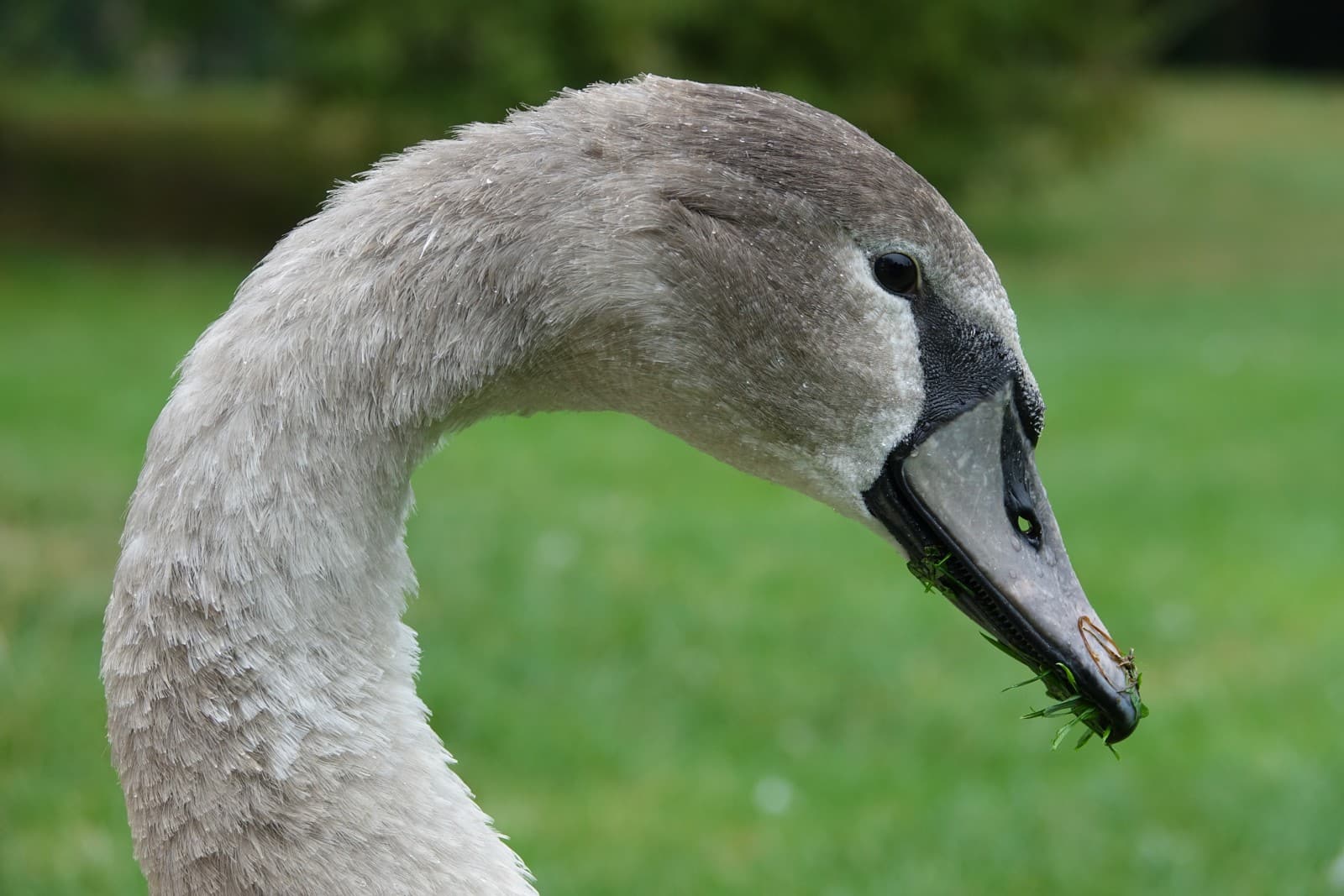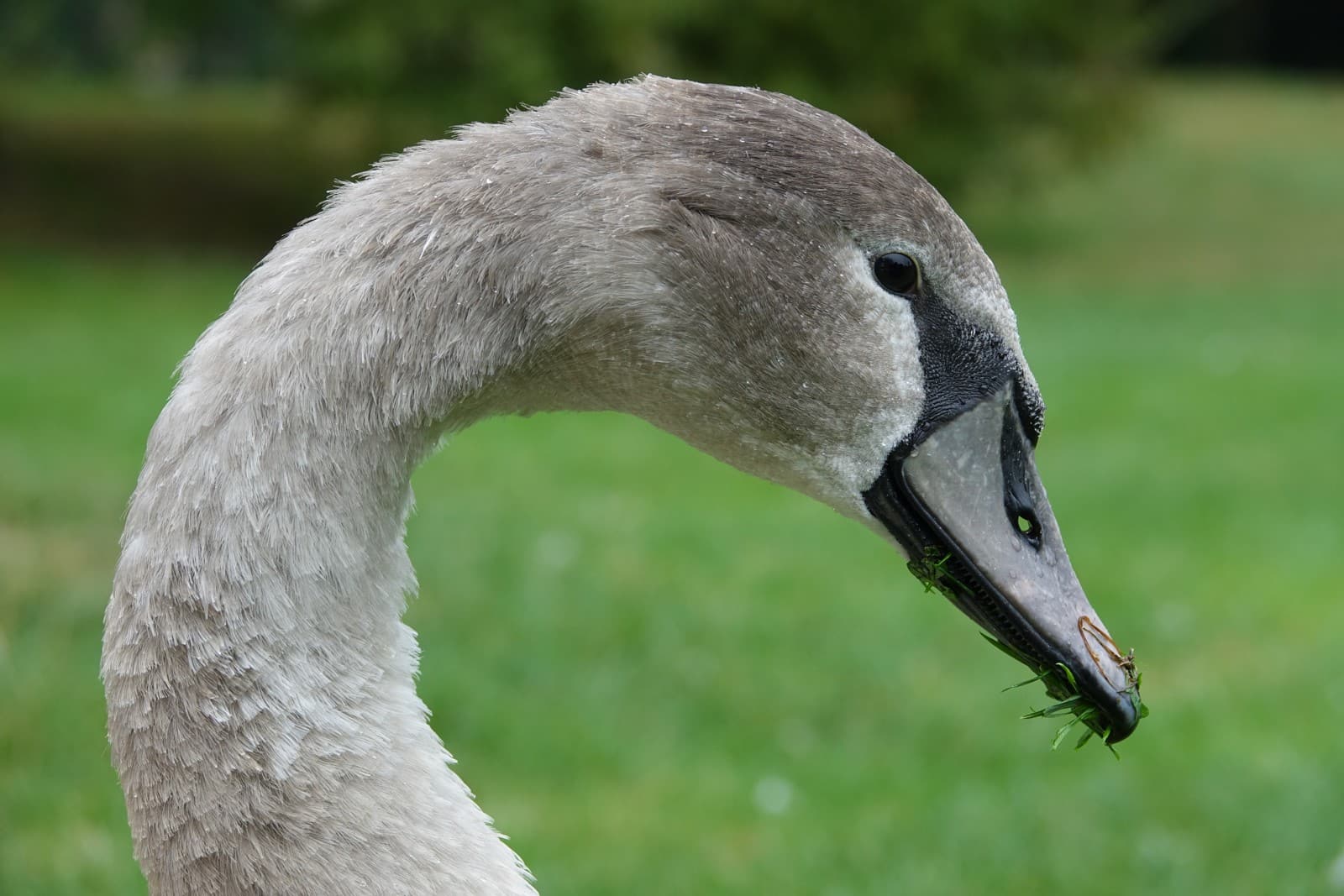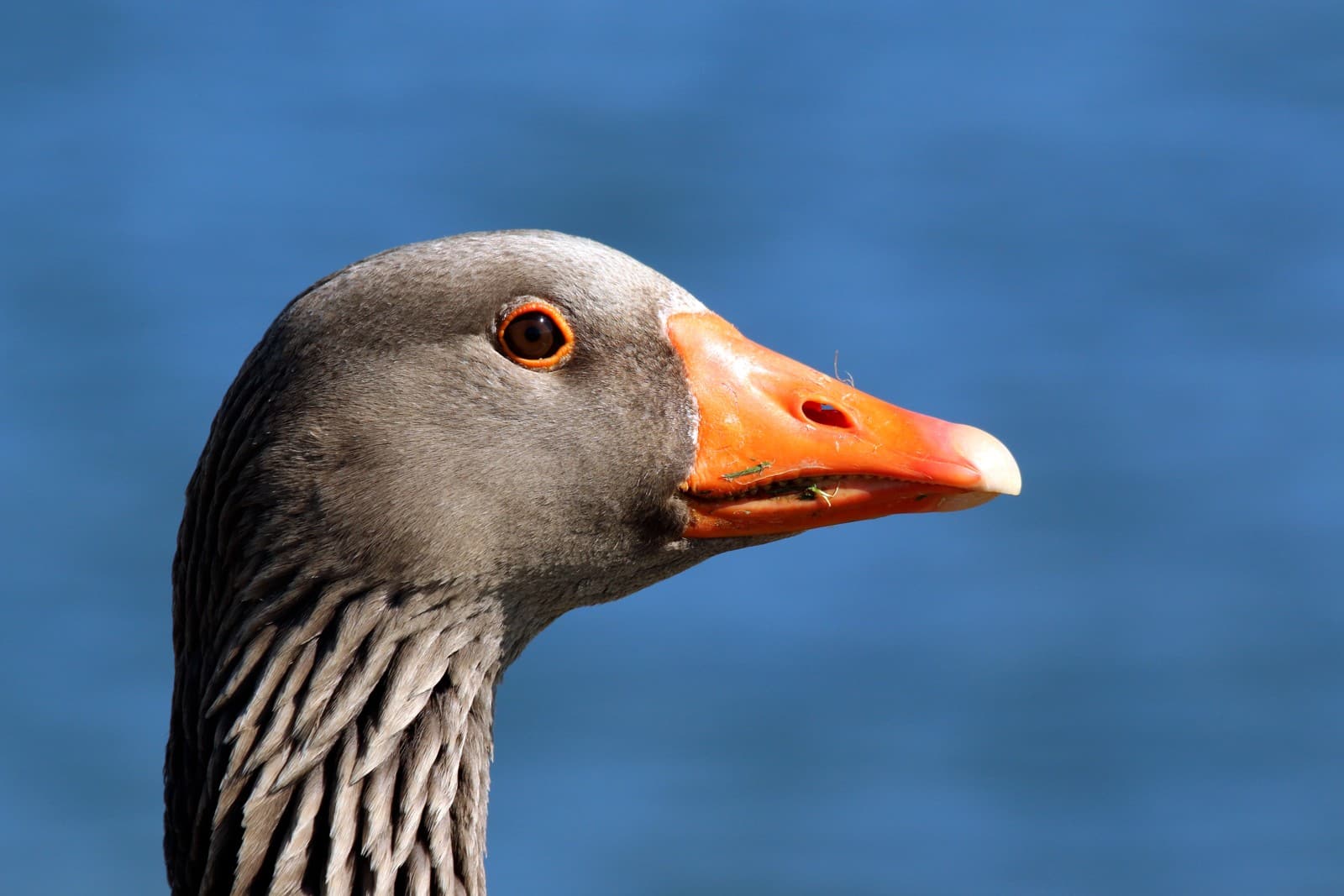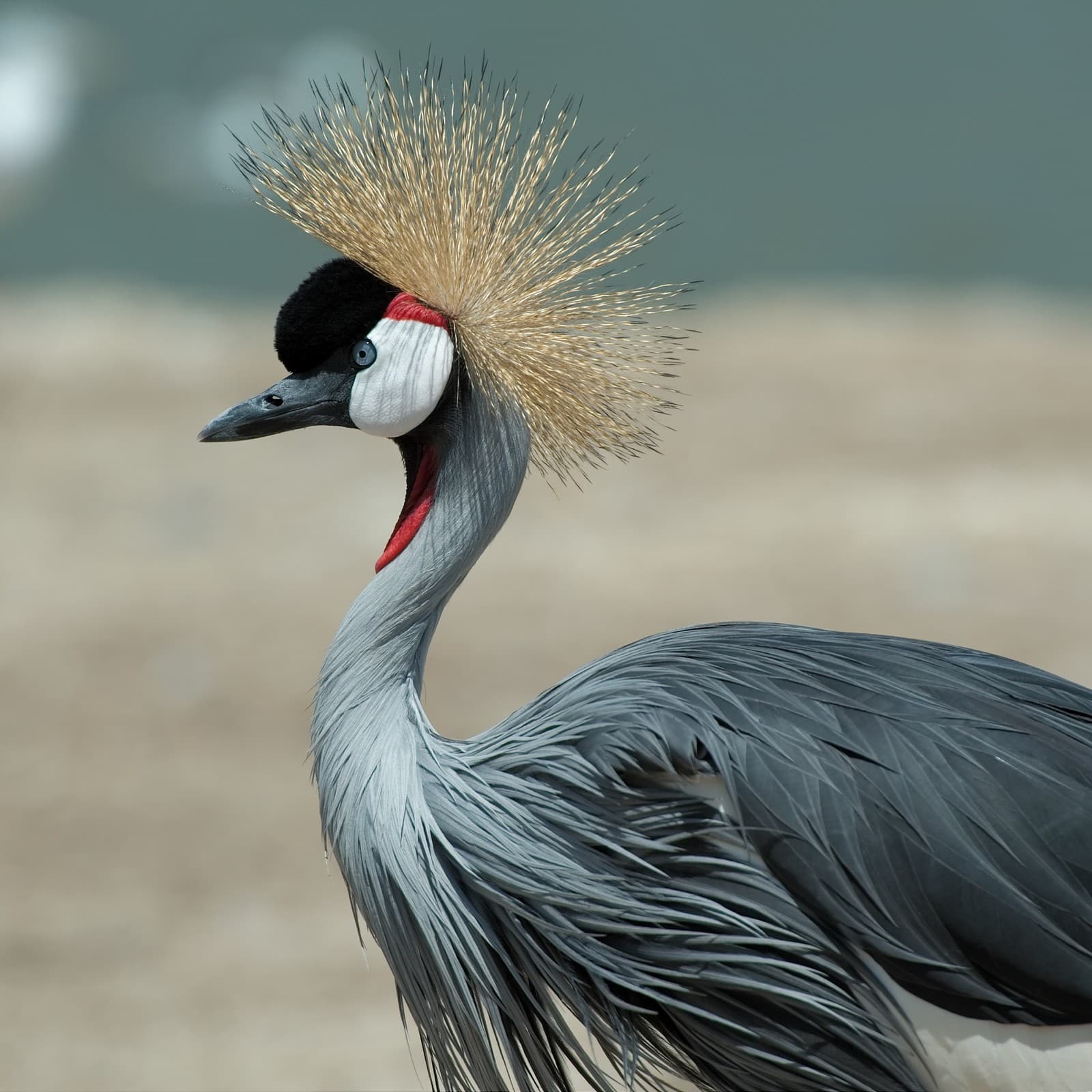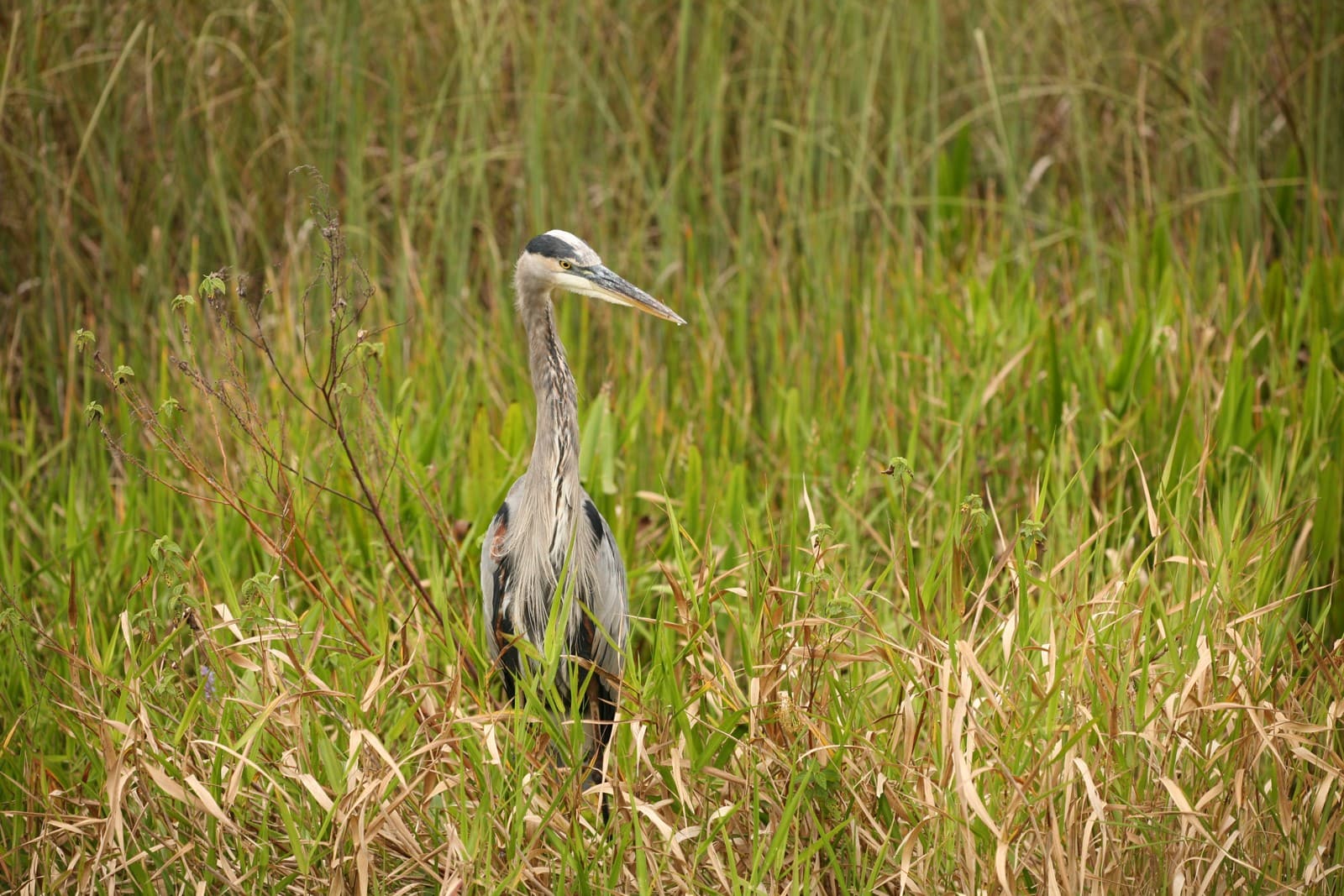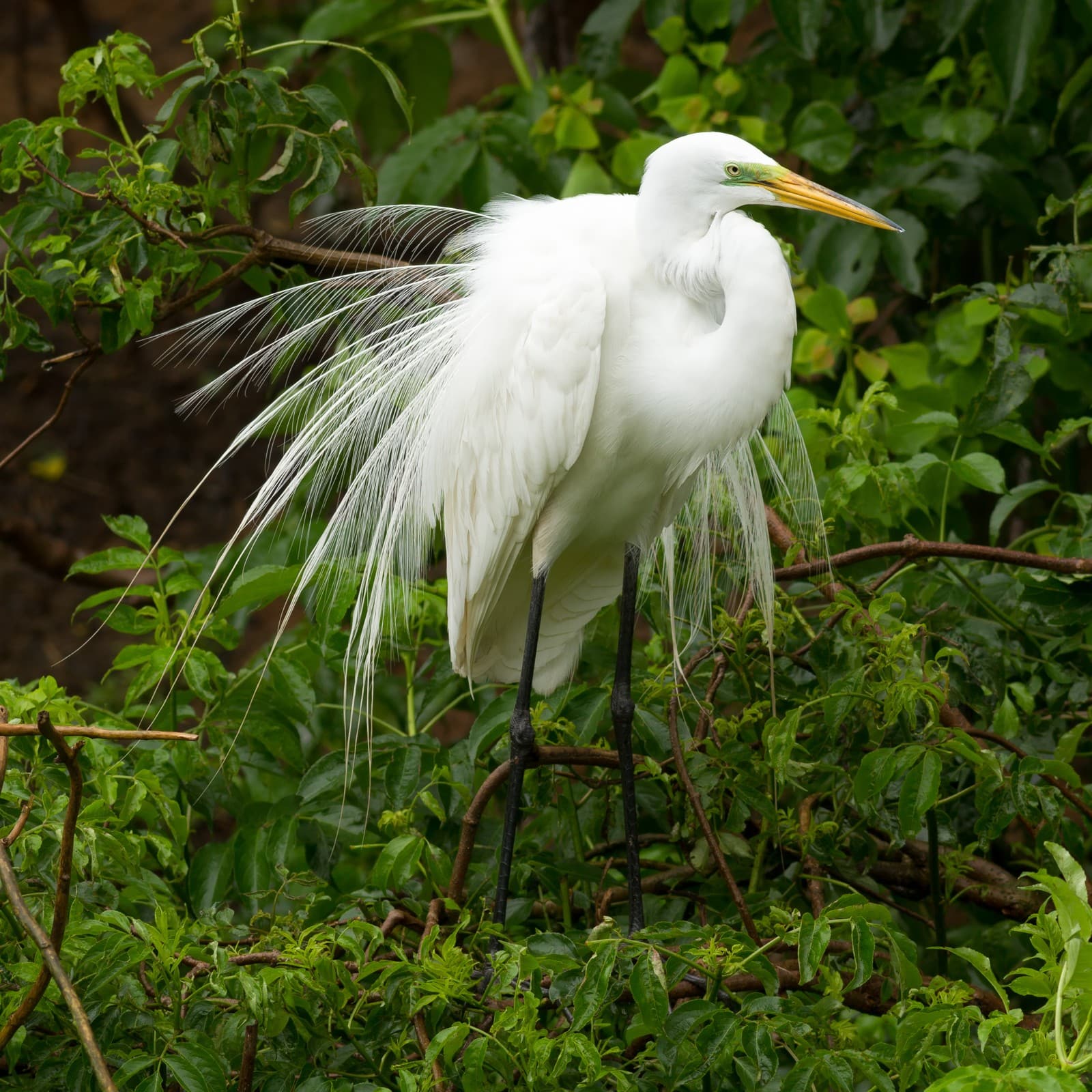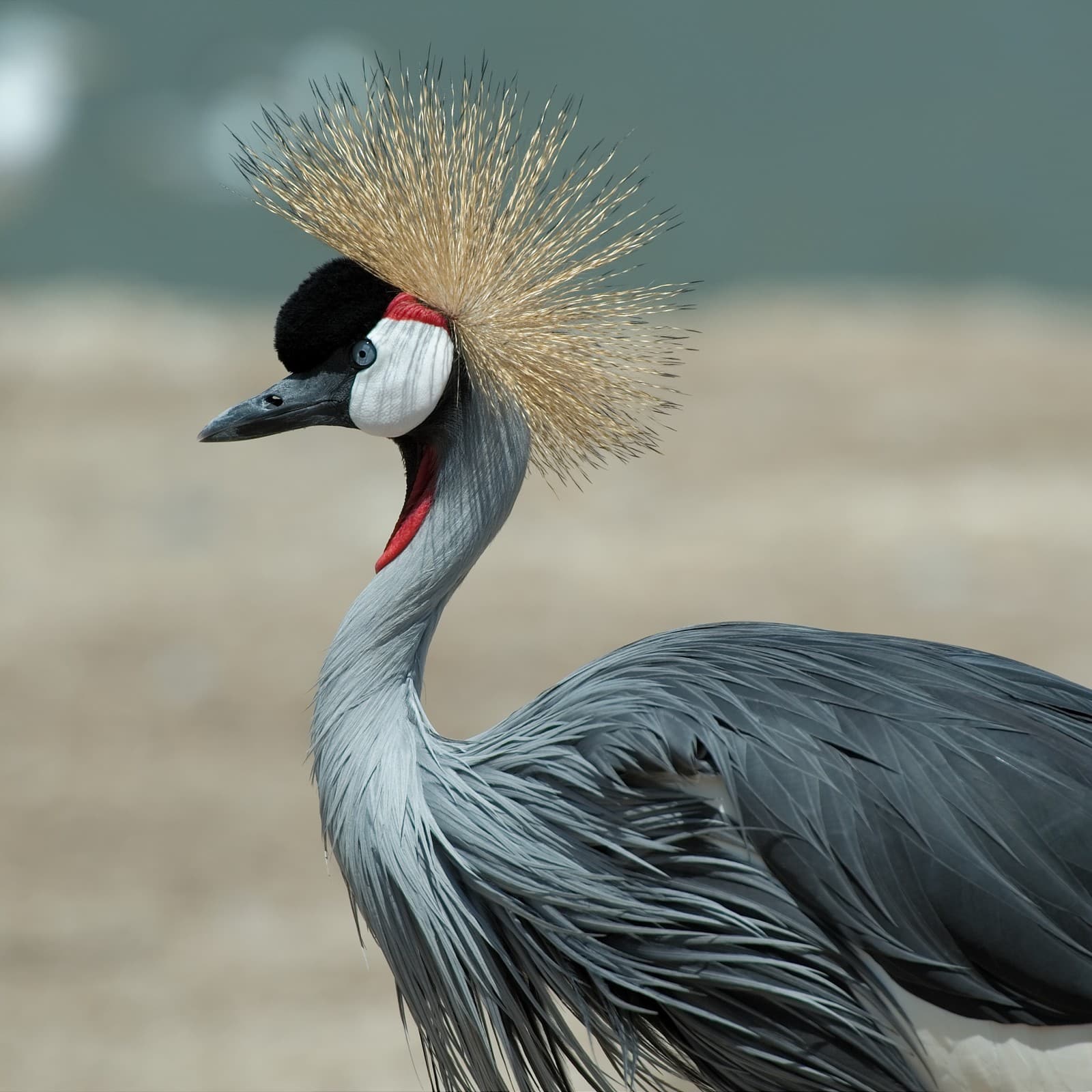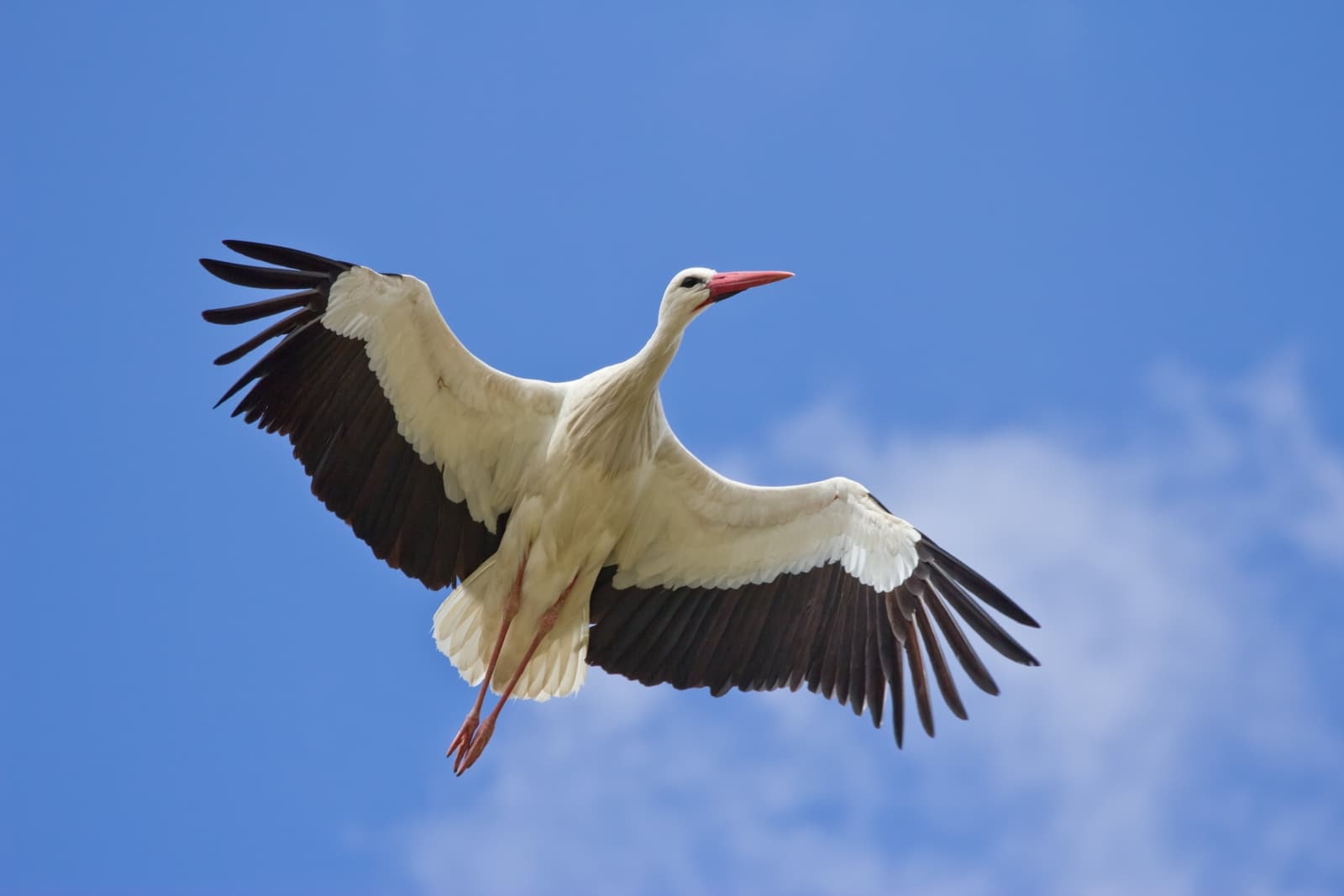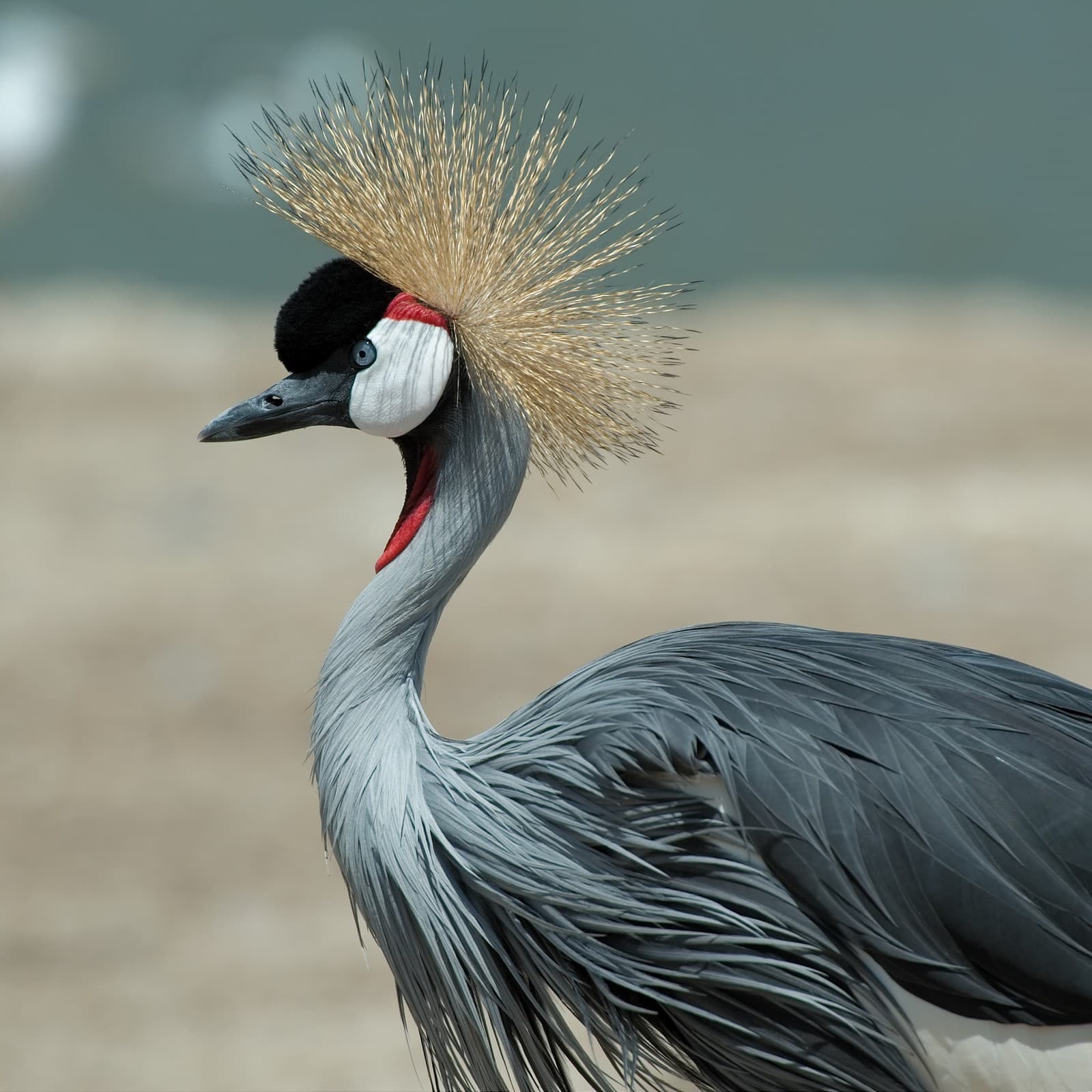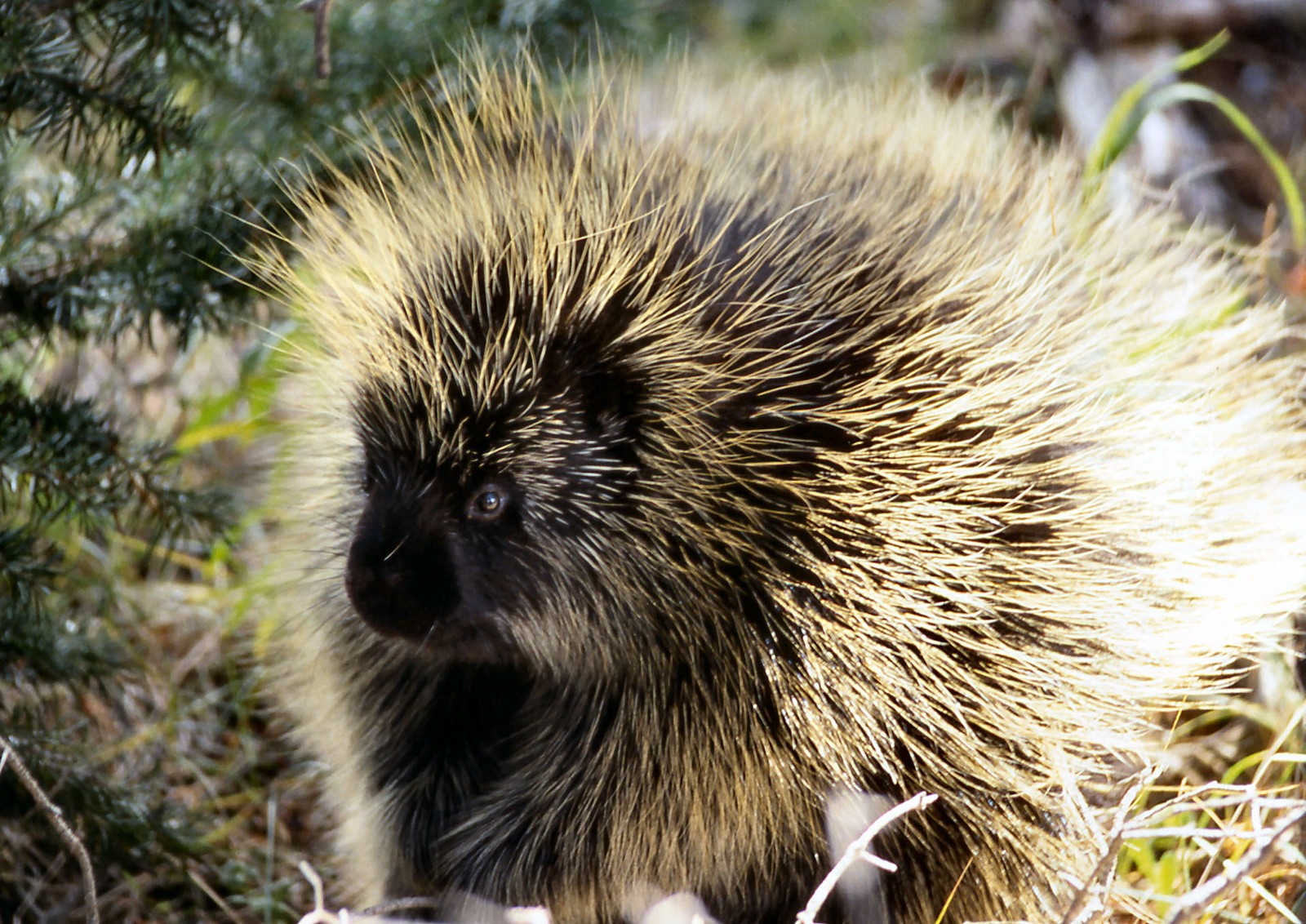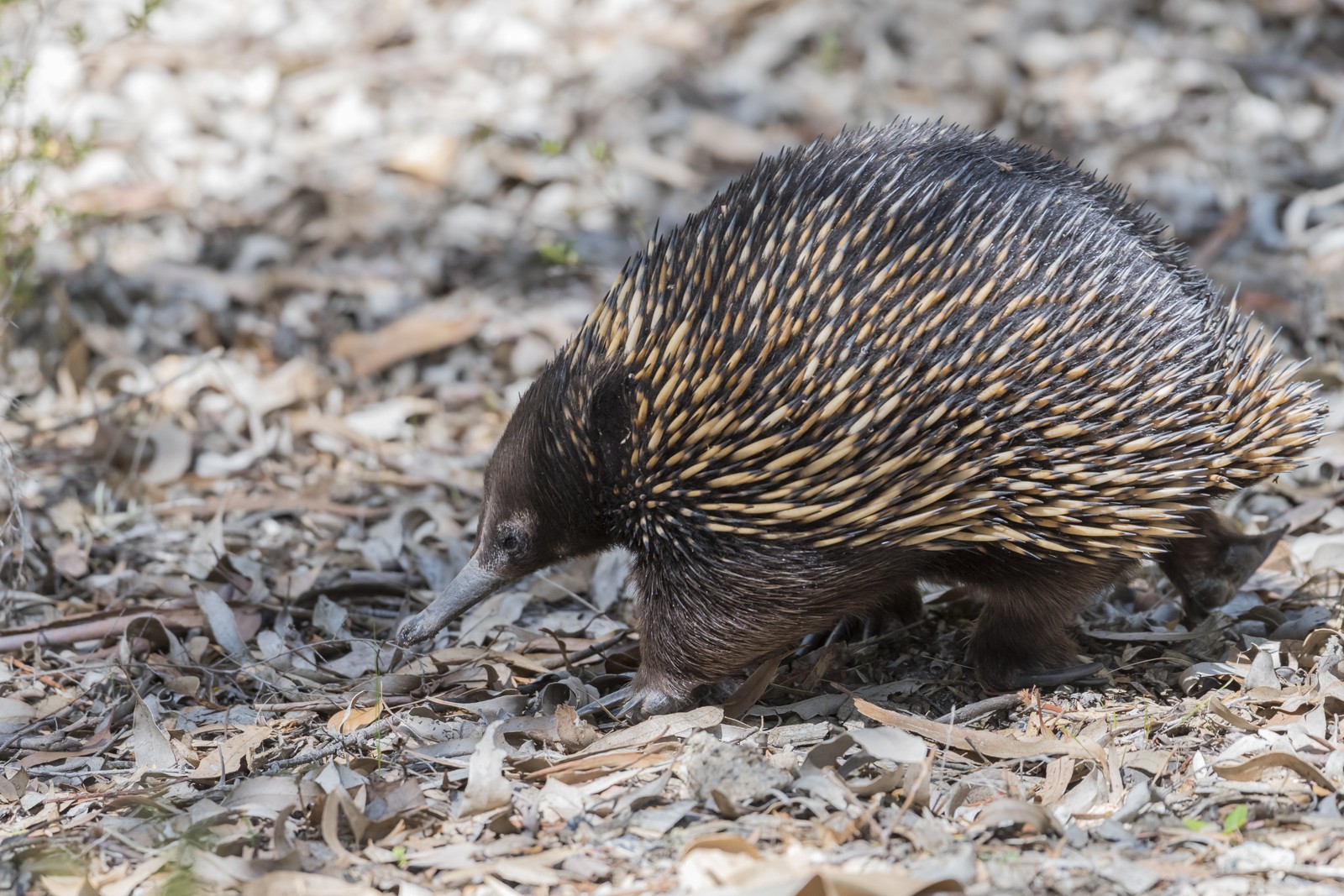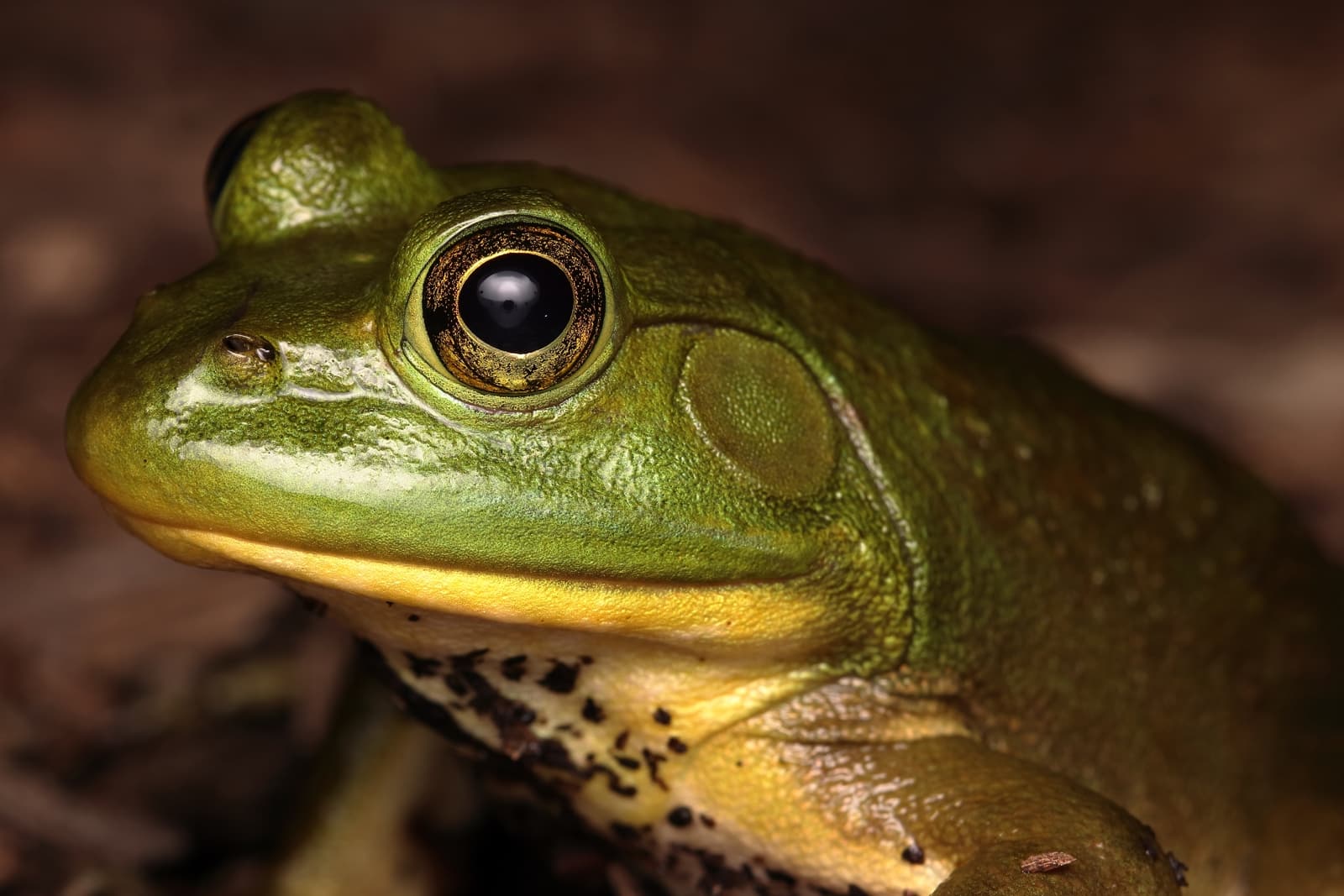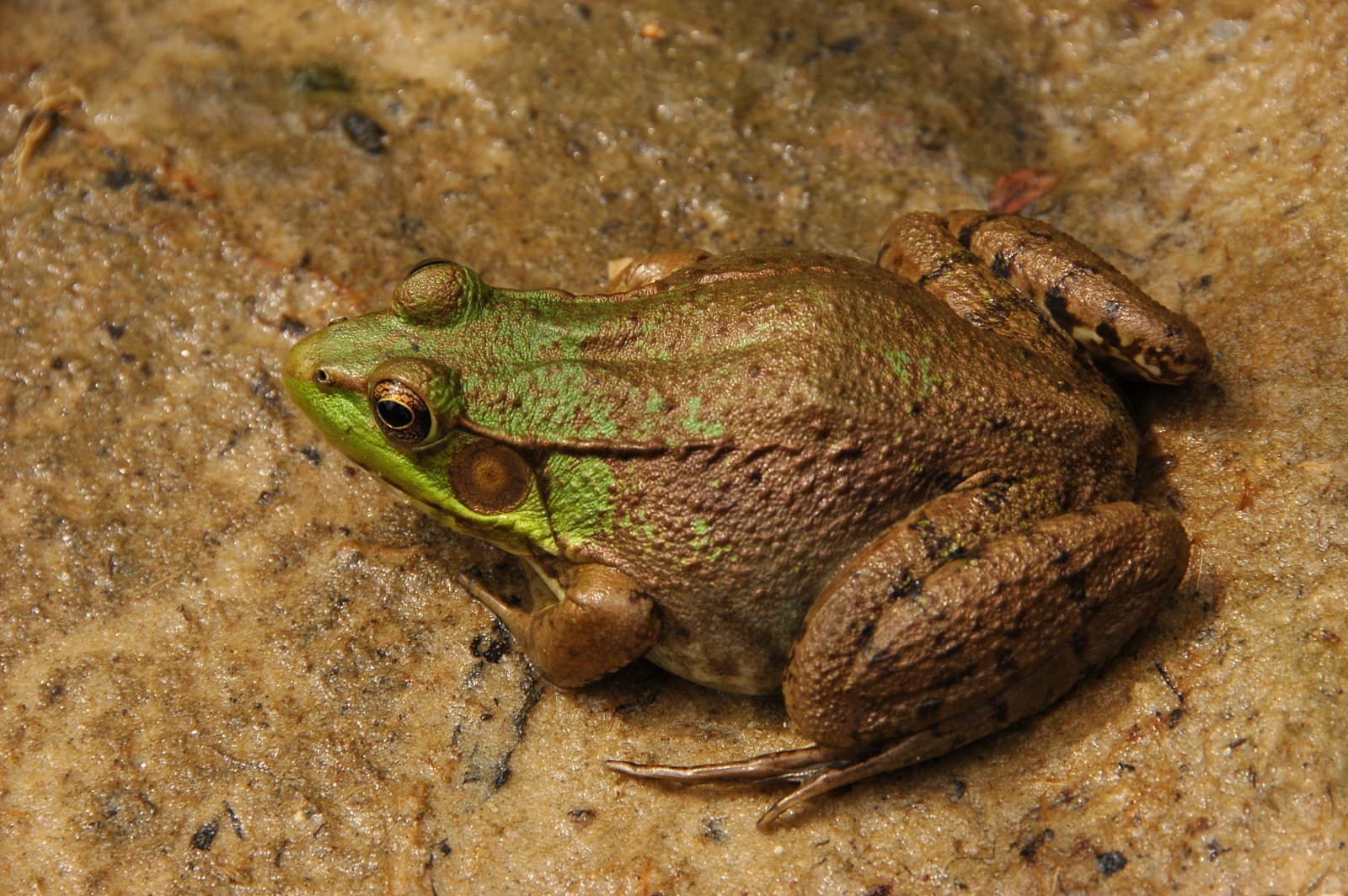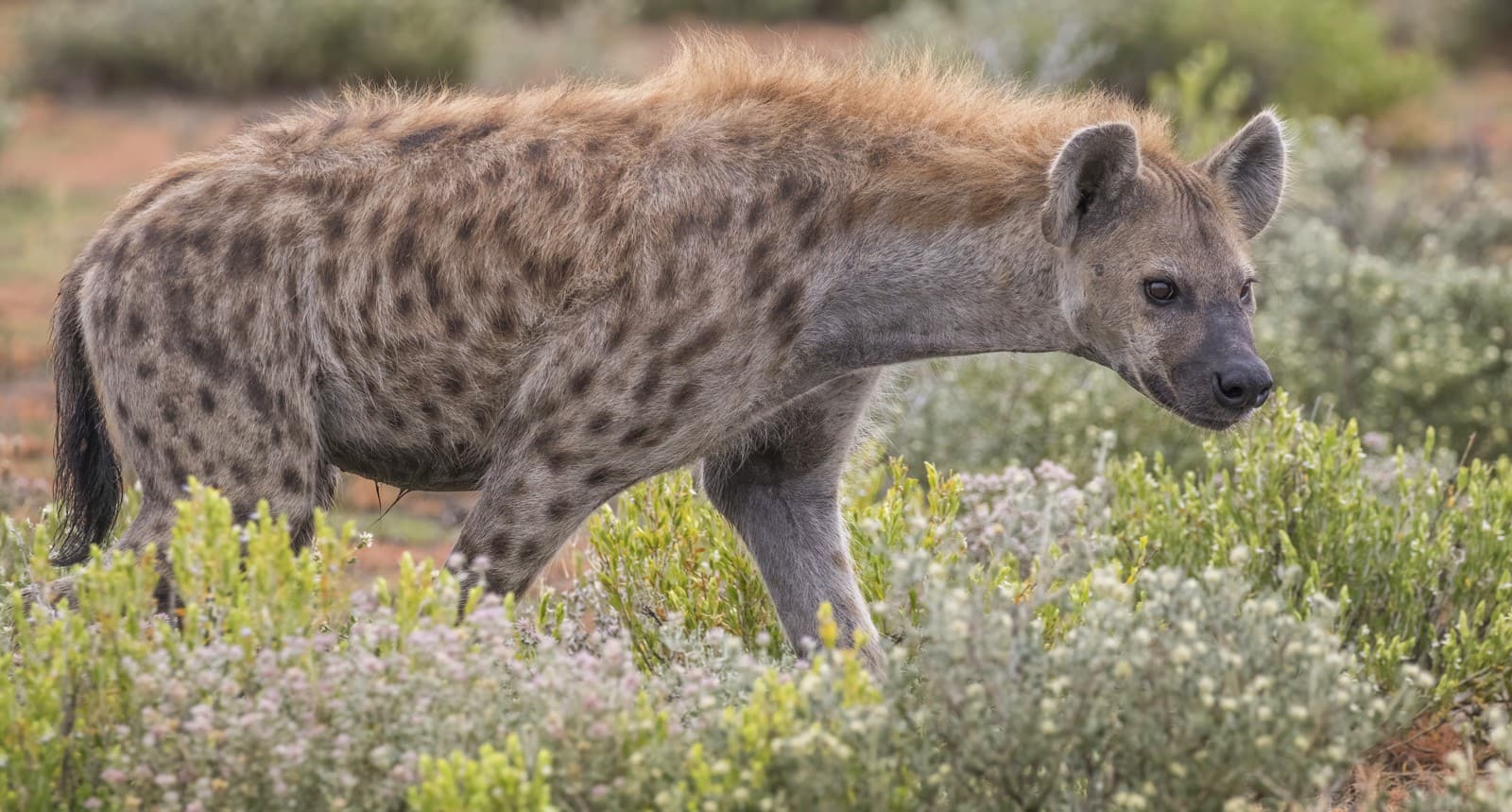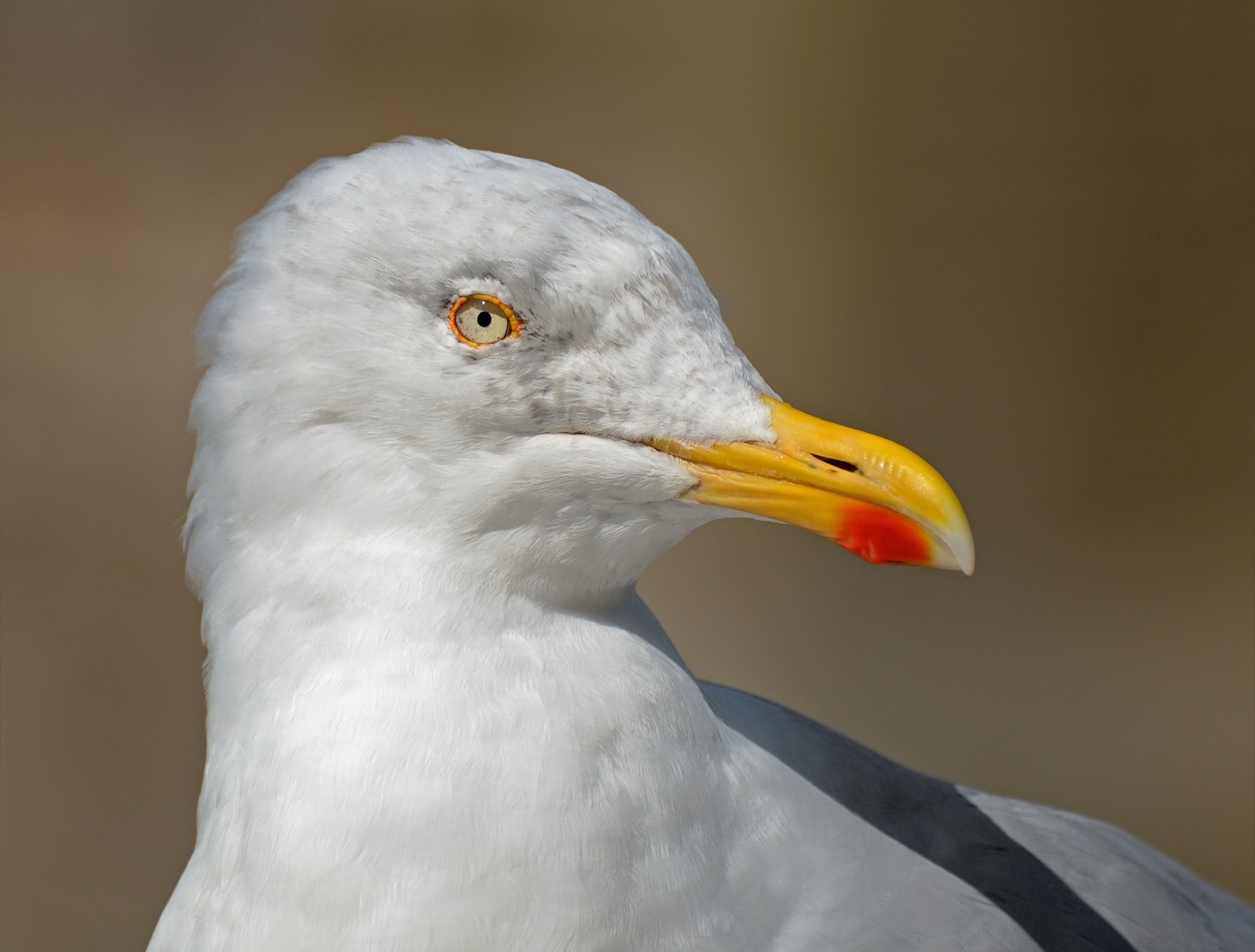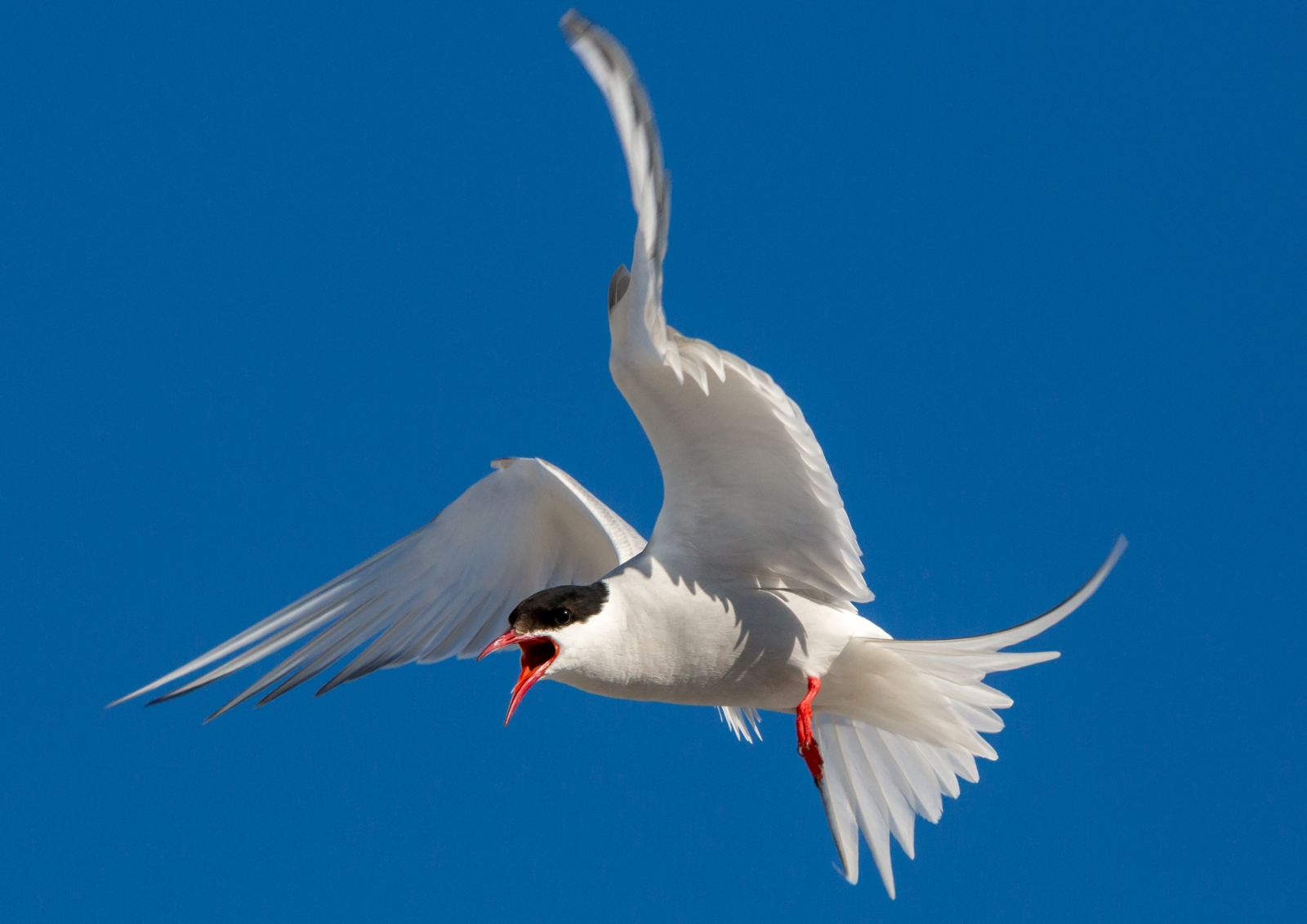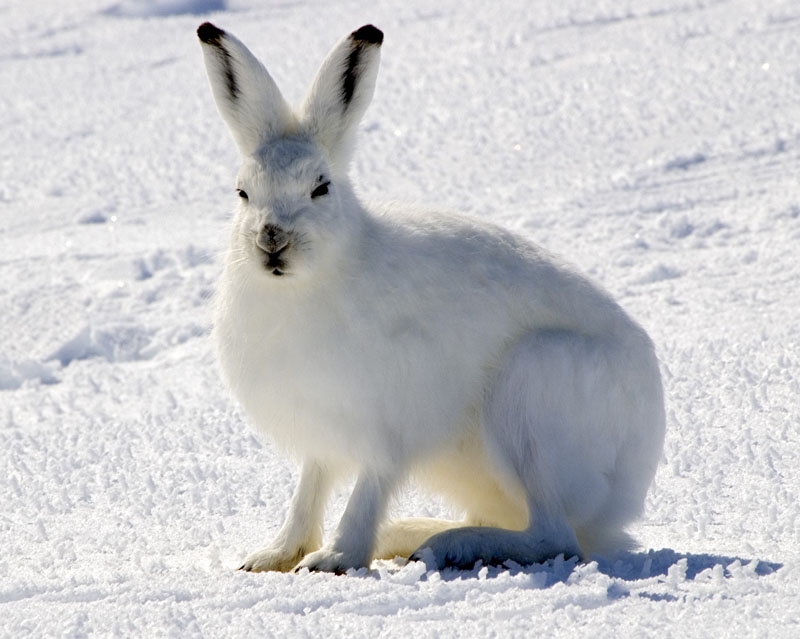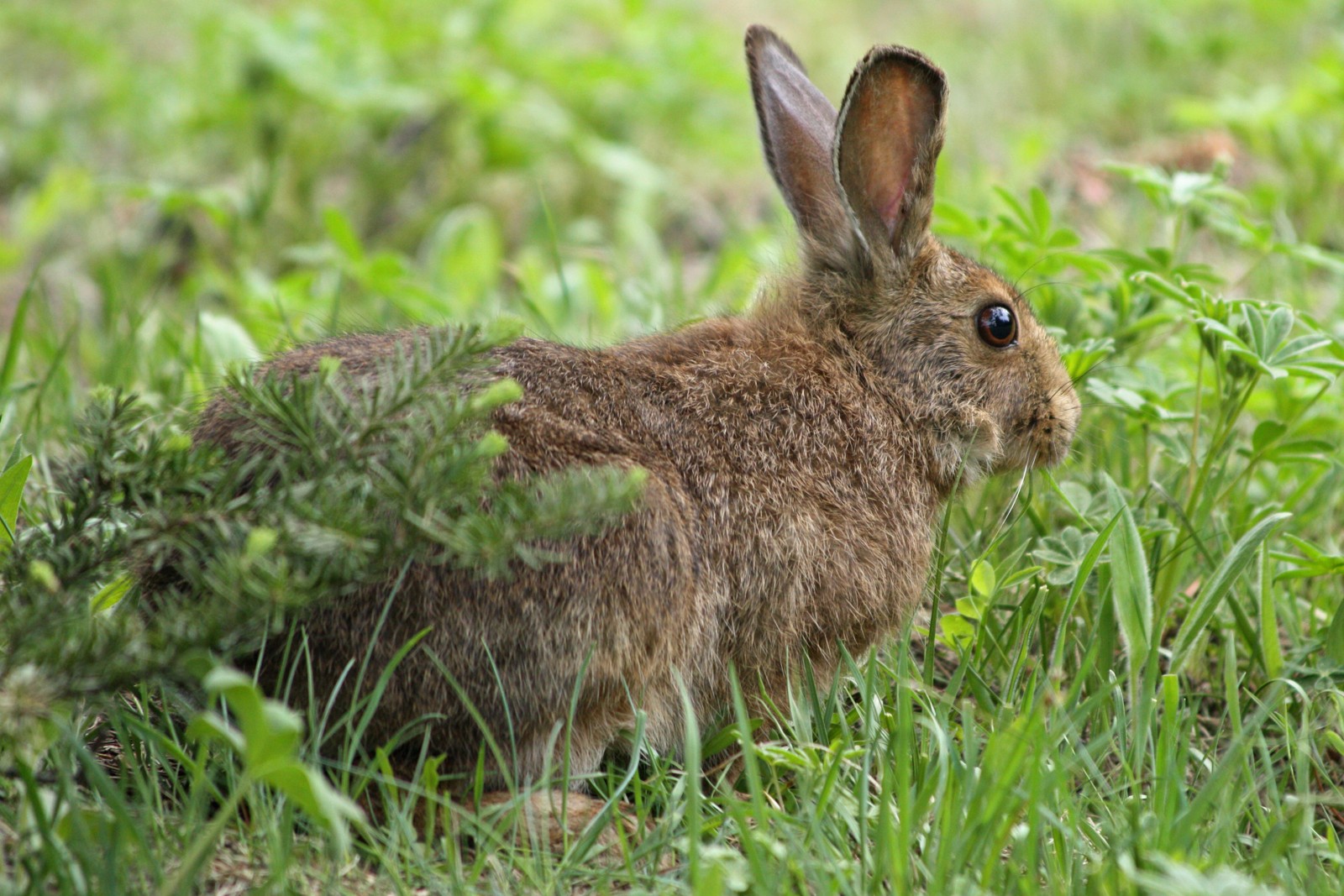Swan vs Crane: A Complete Comparison
While both swans and cranes captivate observers with their graceful presence, these magnificent birds belong to distinctly different families with unique characteristics. Swans, members of the Anatidae family, typically outweigh cranes, with the largest species reaching up to 30 pounds (13.6 kg), while most crane species average between 8-15 pounds (3.6-6.8 kg). Despite their similar elegant appearances, these birds have evolved to fill different ecological niches.
The most noticeable difference between swans and cranes appears in their neck structure and feeding habits. Swans possess curved, S-shaped necks adapted for underwater feeding, while cranes maintain straight necks suited for their terrestrial foraging behavior. This fundamental distinction reflects their divergent evolutionary paths and lifestyle adaptations.
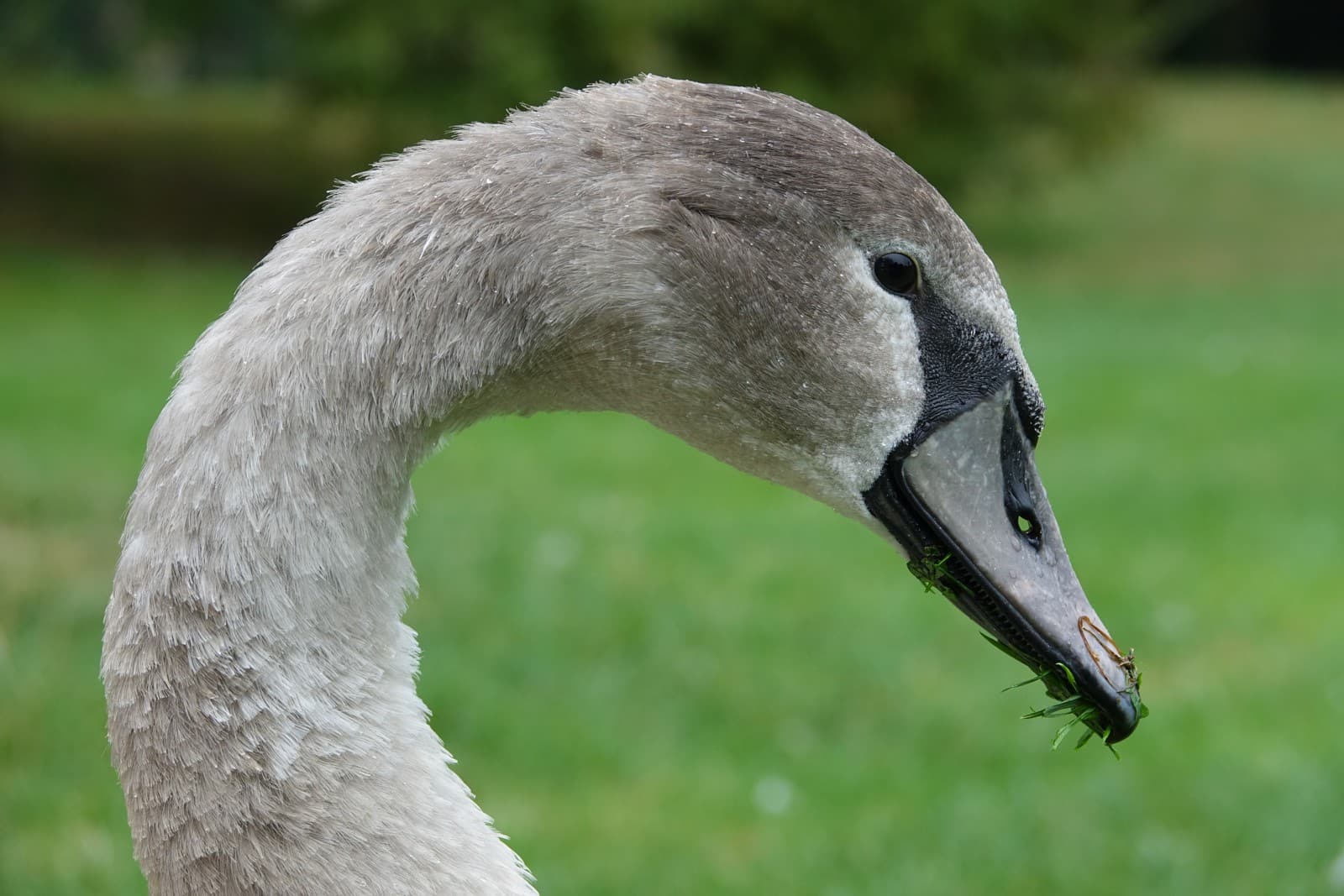
© Gzen92 / CC BY-SA 4.0
The distinctive S-curved neck of the swan exemplifies the species’ adaptation to aquatic environments, allowing efficient underwater feeding and the iconic grace that has inspired artists for centuries.
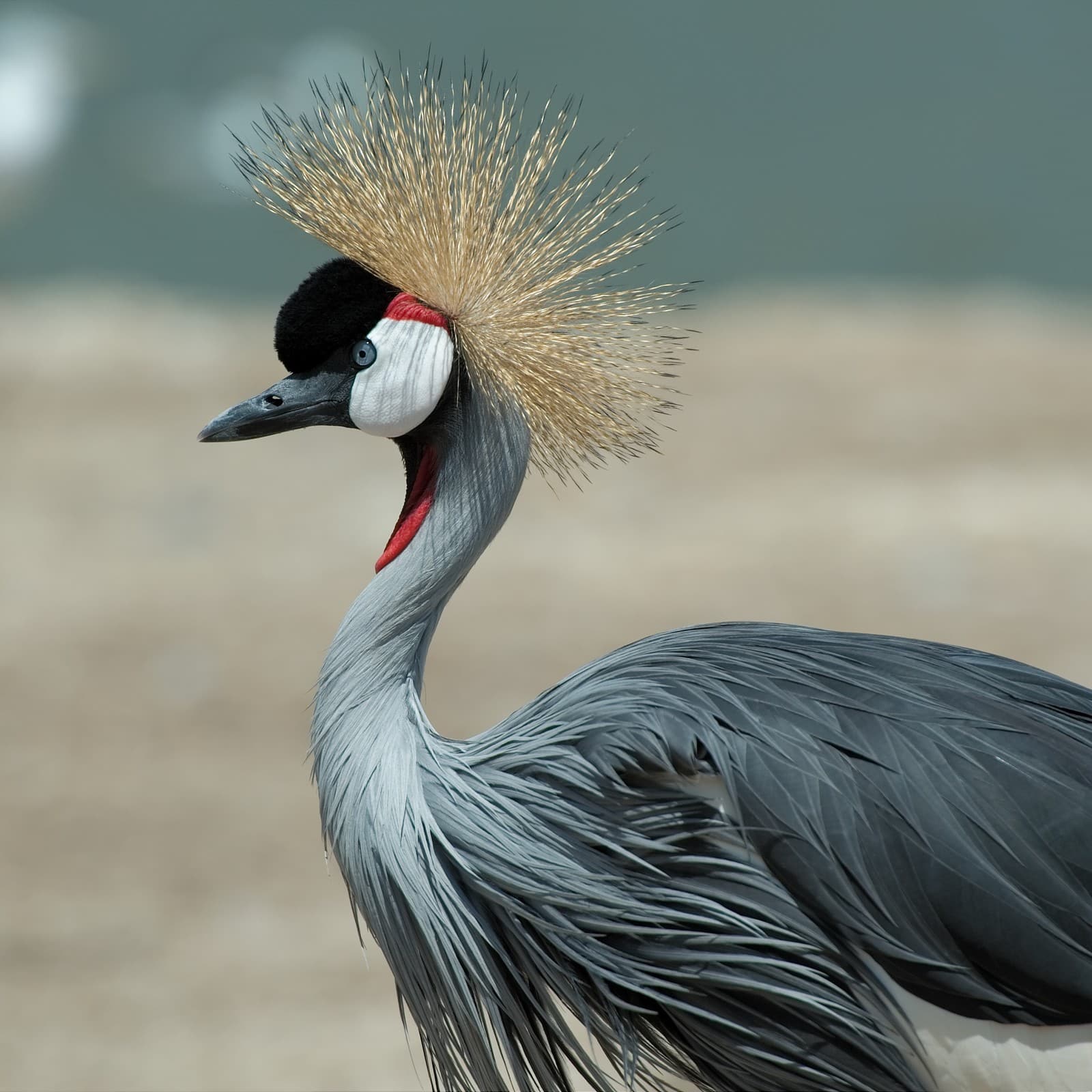
© Luc Viatour / CC BY-SA 3.0
The Grey Crowned Crane demonstrates the characteristic straight neck and ornamental crown features typical of crane species, showcasing their terrestrial adaptation and unique evolutionary development.
Key Differences: Swan vs Crane
| Feature | Swan | Crane |
|---|---|---|
| Neck Shape | S-curved | Straight |
| Average Weight | 15-30 lbs (6.8-13.6 kg) | 8-15 lbs (3.6-6.8 kg) |
| Habitat | Primarily aquatic | Terrestrial and wetlands |
| Diet | Aquatic vegetation, some invertebrates | Seeds, insects, small vertebrates |
| Foot Structure | Webbed feet | Long-toed feet |
| Social Behavior | Usually monogamous, family groups | Complex social structure, communal dancing |
Habitat and Distribution
Swans predominantly inhabit aquatic environments, spending most of their time on water bodies ranging from coastal lagoons to freshwater lakes. Their webbed feet and waterproof plumage reflect this aquatic specialization. In contrast, cranes demonstrate remarkable adaptability across diverse terrestrial habitats, from grasslands and savannas to wetland margins, with their long-toed feet enabling efficient walking and foraging.
Behavioral Differences
Social Structure and Communication
While both species form strong pair bonds, cranes exhibit more complex social behaviors, including their famous courtship dances performed in groups. These elaborate displays involve jumping, wing-flapping, and synchronized movements. Swans, though equally devoted to their mates, display less elaborate social rituals and typically maintain more territorial behaviors during breeding seasons.
Feeding Strategies
Swans employ their specialized bills and long necks to feed primarily on submerged aquatic vegetation, often reaching depths of up to 1 meter below the surface. Cranes, conversely, use their sharp bills to probe soil and vegetation for insects, seeds, and small vertebrates, demonstrating more versatile feeding strategies across different terrestrial environments.
Conservation Status
Both groups face significant conservation challenges, though cranes generally face more severe threats. Of the 15 crane species worldwide, 11 are considered threatened or endangered due to habitat loss and human encroachment. While some swan populations remain stable, others face increasing pressure from wetland degradation and climate change impacts.
Who Would Win in a Confrontation?
While direct confrontations between swans and cranes rarely occur in nature due to different habitat preferences, swans typically possess a size advantage and are known for their aggressive territorial defense. A full-grown mute swan, weighing up to 30 pounds (13.6 kg), would likely dominate most crane species in a defensive encounter. However, both species generally avoid inter-species conflict, focusing instead on defending territories from their own kind.
Ecological Roles and Importance
Both swans and cranes serve as indicator species for ecosystem health, particularly in wetland environments. Swans influence aquatic vegetation dynamics through their grazing, while cranes contribute to seed dispersal and pest control in terrestrial ecosystems. Their presence often signals healthy, functioning ecosystems capable of supporting complex food webs and biodiversity.
Through understanding these magnificent birds’ differences and similarities, we gain deeper appreciation for the diverse evolutionary paths that have shaped Earth’s avian species. Whether observing a swan’s graceful glide across a pristine lake or witnessing a crane’s elaborate courtship dance, each species offers unique insights into nature’s remarkable adaptations.
